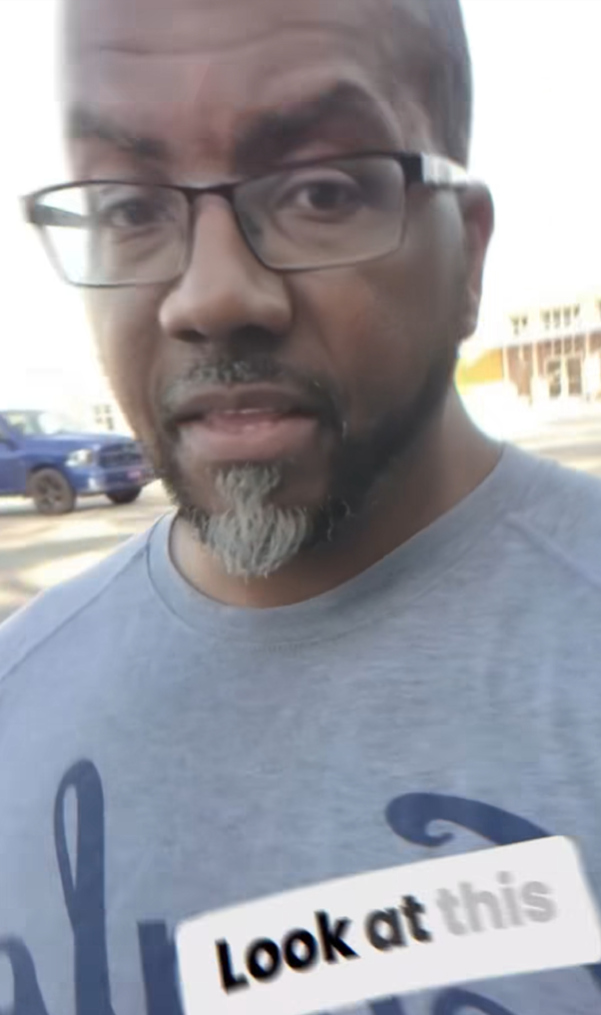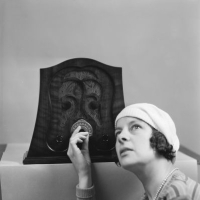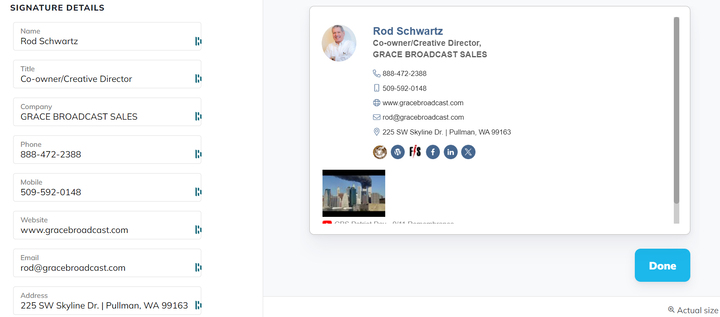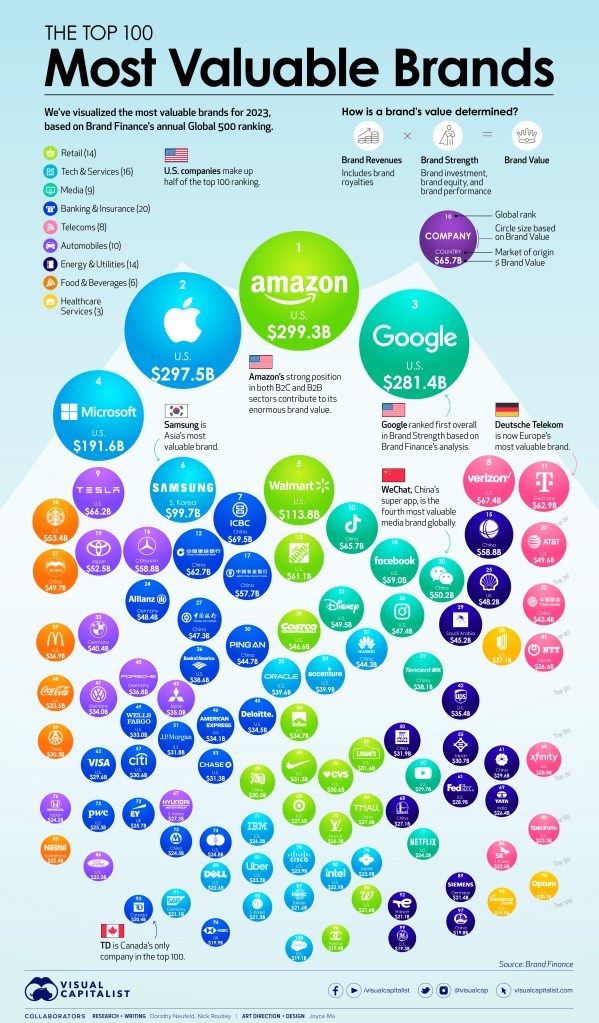“Merry Christmas!” This universal Christmas greeting permeates our interactions with others during this season of comfort and joy, happiness and good cheer.
Here we are, living in the freest, most prosperous nation on earth, a fact made even more marvelous in view of our relative youth as a nation. Our people enjoy freedom, opportunity, physical comforts, and more avenues for personal fulfillment than any previous society in human history. If happiness were the product of prosperity, we should be the happiest people on earth.
But we’re not.
Despite our material wealth, countless Americans experience dissatisfaction, anxiety, loneliness, and a nagging sense of emptiness. Social critics have noticed this for decades. Perhaps you’ve experienced this yourself.
The philosopher Eric Hoffer, observing this paradox, wrote: “The search for happiness is one of the chief sources of unhappiness.” We chase pleasure, entertainment, stimulation, and possessions—yet the more frantically we pursue happiness, the more elusive it becomes.
Why is this?
St. Augustine recognized that human beings were never made to be satisfied by mere thrills, comforts, or even accomplishments. We were created, first and foremost, for personal relationship—with God Himself, and then with other humans. Friends may make a fine circle but are a poor center. When the vertical relationship (with God) is missing or deficient, nothing in the horizontal (human relationships) can take up the slack. Our deepest needs are met only through a right relationship with our Creator.
The Problem with Pleasure as a Path to Happiness
Our modern world sells pleasure as an attractive route to happiness. But pleasure is fleeting and temporary. It stimulates; it distracts; it excites for a while. But when that stimulation stops, we return to our original restlessness. King Solomon, the wisest man in history, described this recurring cycle in Ecclesiastes, as he recorded his own attempts to find happiness. With unlimited opportunities to enjoy wealth, entertainment, status, and sensual indulgence, Solomon remained unsatisfied: “Vanity of vanities… all is vanity” (Eccl. 1:2).
The Problem of Prosperity—Why It’s Never Enough
When John D. Rockefeller, at the time one of the richest men in the world, was asked, “How much money is enough?” he famously answered, “Just a little more.”
Again, quoting Solomon, “The eyes of men are never satisfied.” (Proverbs 27:20)
The problem is not that we lack blessings, but that we look to those blessings for what they cannot provide and are left ultimately dissatisfied with them. Richard Cory was a fictional character, but how many times has his story been played out in the lives of otherwise rich and successful people who chose suicide as a way out of their pain? Sadly, today suicide is a leading cause of death in America.
Material prosperity cannot satisfy spiritual hunger. A full pantry cannot feed a starving soul. Nor can entertainment, wealth, social status, or career achievements provide the peace, security, meaning, or identity the heart of man desperately seeks.
We Need More
The human soul needs more; it longs for something that cannot be satisfied by the material realm. Our hunger is soul deep. When Jesus Christ said of Himself,“I am the bread of life; he who comes to Me shall never hunger, and he who believes in Me shall never thirst.” (John 6:35), He gave us the answer: Only He can fill the aching emptiness that fame, prosperity, social status, etc. cannot.
Which brings us back to Christmas, the season of happiness, the season of giving, the celebration of the birth of Jesus Christ.
The Christ of Christmas Is the Key to Happiness
Of the four gospel writers, only Matthew and Luke provide the details surrounding Jesus Christ’s supernatural birth. Mark opens gospel at the beginning of Christ’s public ministry, introduced by His forerunner and cousin, John the Baptist. But John’s gospel is unique, opening not with the humanity of Christ but with His deity, presenting God the Son in His pre-incarnate glory:
“In the beginning was the Word, and the Word was with God, and the Word was God. He was in the beginning with God. All things were made through Him, and without Him nothing was made that was made. In Him was life, and the life was the light of men. And the light shines in the darkness, and the darkness did not comprehend it.
“There was a man sent from God, whose name was John. This man came for a witness, to bear witness of the Light, that all through him might believe. He was not that Light, but was sent to bear witness of that Light. Thatwas the true Light which gives light to every man coming into the world.
“He was in the world, and the world was made through Him, and the world did not know Him. He came to His own, and His own did not receive Him. But as many as received Him, to them He gave the right to become children of God, to those who believe in His name: who were born, not of blood, nor of the will of the flesh, nor of the will of man, but of God.
“And the Word became flesh and dwelt among us, and we beheld His glory, the glory as of the only begotten of the Father, full of grace and truth.” (John 1:1-14 NKJV)
Some say He was a good man. Others say He was a great prophet. But Jesus said of Himself: “I am the way, the truth, and the life….” (John 14:6a) Moreover, He said that our happiness would be inseparably connected to our life with and in Him. “These things I have spoken to you, that my joy may be in you, and that your joy may be made full.” (John 15:11)
So, as we celebrate another Christmas by giving and receiving gifts with those we love, let us give thought to the eternal significance of that first Christmas gift and the divine love behind it.
“For God so loved the world that He gave His only begotten Son, that whoever believes in Him should not perish but have everlasting life.” — John 3:16
I wish you a very Merry Christmas!










